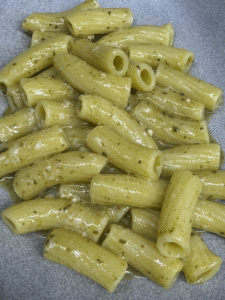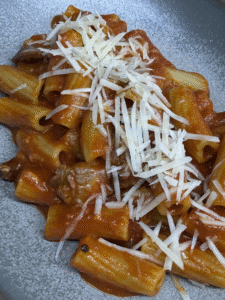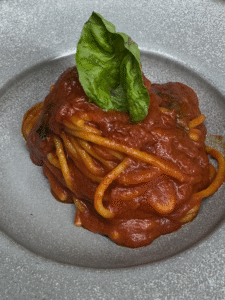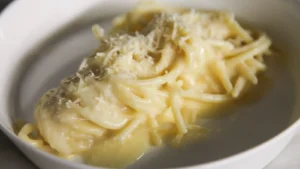The Origin of Ragù alla Bolognese
Ragù alla Bolognese is one of the most well-known and precisely regulated recipes of Italian cuisine. Its origin lies in Bologna, in Emilia-Romagna, and the recipe was officially registered in 1982 by the Accademia Italiana della Cucina. This is a dish that has passed through generations, becoming an integral part of Italy’s culinary tradition, representing the richness and versatility of a rich gastronomic culture.
Ingredients and the Core of the Recipe
It is made with the classic soffritto base (celery, carrot, onion), minced meat, a bit of wine, tomato sauce, and often milk or cream at the end to soften the acidity. Each element is important for creating the rich taste that distinguishes this ragù from others. The use of milk or cream gives a softness and balance that makes this dish special, making it flavorful and appealing to all tastes.
Tagliatelle and the Perfect Combination
Tagliatelle are the pasta traditionally paired with this ragù – and not spaghetti, as is often thought outside of Italy. This is one of those beloved traditional rules of Italian cuisine, where each region has its way of preparing and enjoying flavors. Tagliatelle makes the perfect combination, holding the rich flavor of the ragù and creating a dish that is a feast for the taste buds and the senses.
A Short Legend – Tagliatelle alla Bolognese
A Creation for a Grand Wedding
It is said that a Bolognese cook created this dish for a grand wedding of nobles. He prepared a slow-cooked sauce with meat, onions, celery, and carrots, and combined it with fresh egg tagliatelle, symbolizing the bride’s golden hair. This legendary moment ties to the history and heritage of Bologna, where every dish tells a story and passion that is passed down from one generation to the next.
A Dish of Tradition and Love
Thus, one of Italy’s most beloved dishes was born, which even today, with simple ingredients, carries the tradition, memory, and warmth of home. Tagliatelle alla Bolognese is more than just a dish – it is a part of culture and warm memories of a family that has nurtured and developed this dish over generations. Its taste enriches every table and makes this dish unforgettable.







